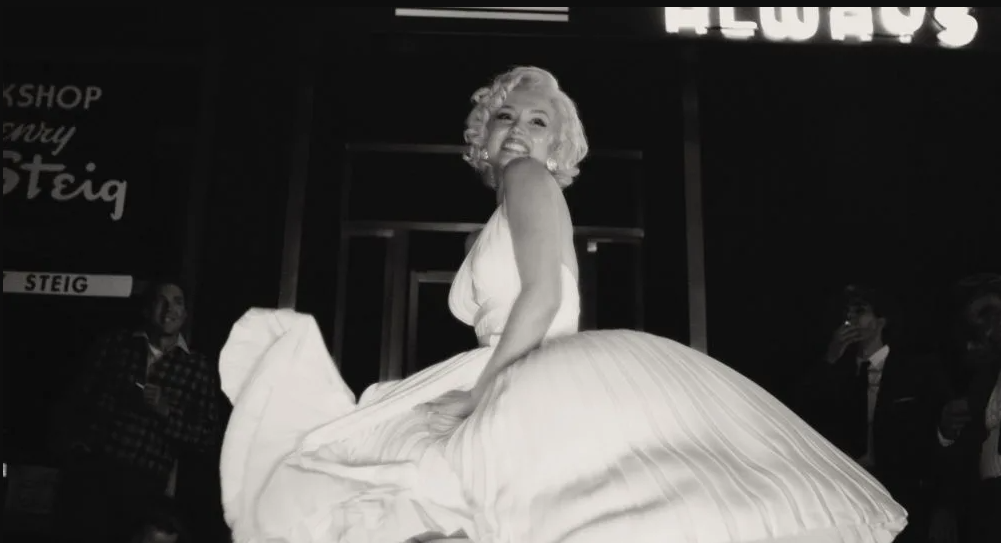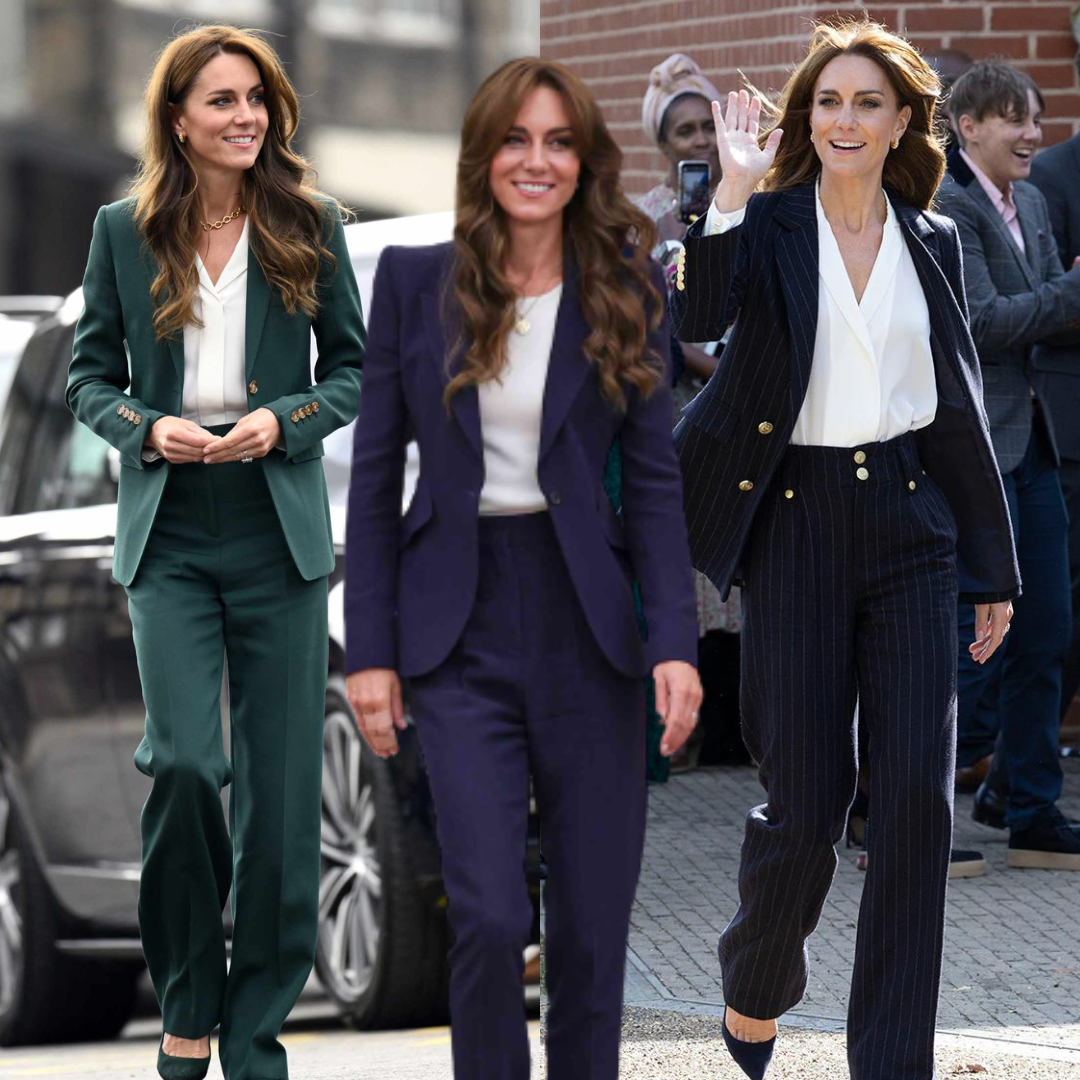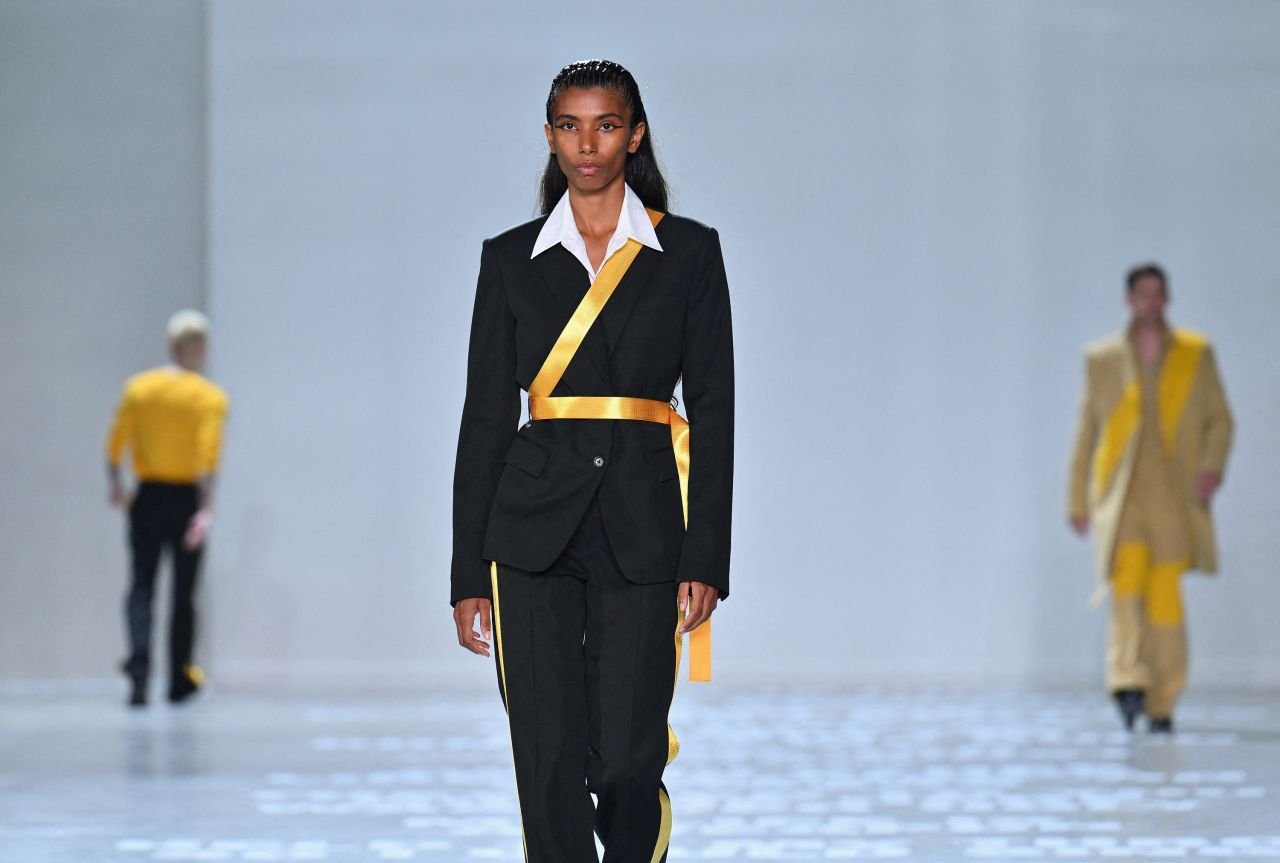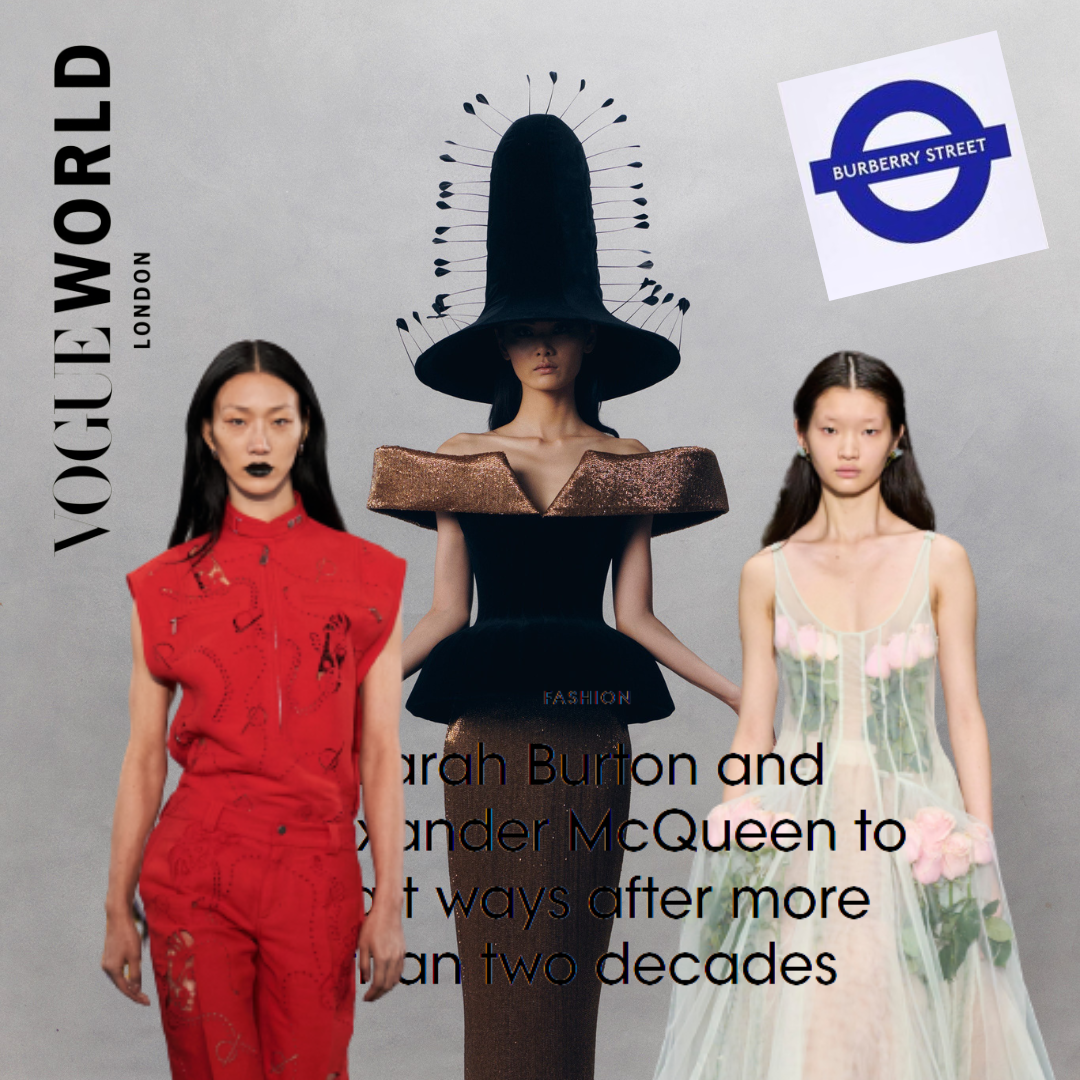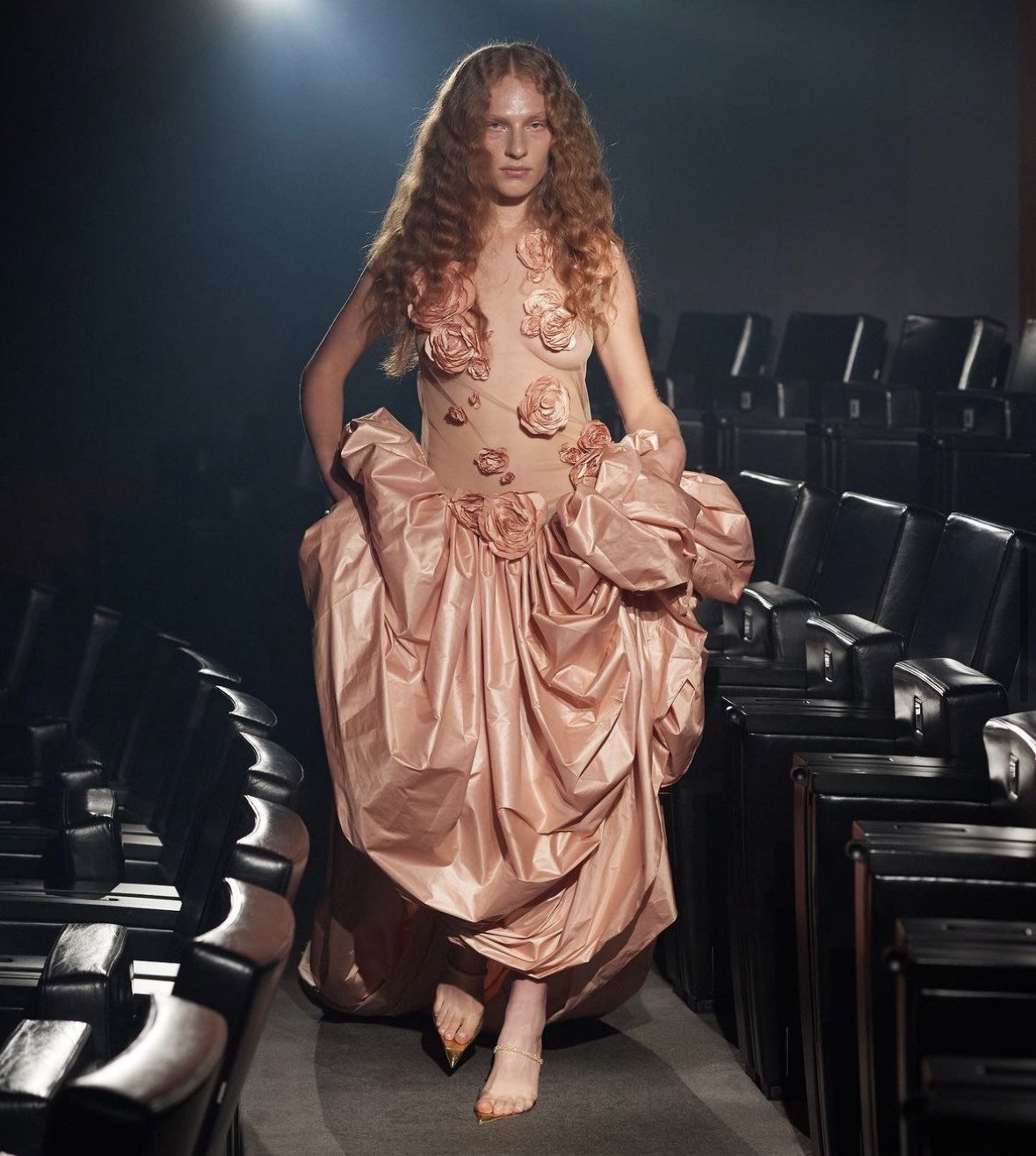How Costumes, Wigs & Makeup Turned Ana into Marilyn
Deeply unsettling, uncomfortable and exploitative in the extreme Netflix’s latest fantasy biopic Blonde based on the novel by Joyce Carol Oates is not a film easily recommendable. However, one cannot deny the extreme talent shown by its costume, hair and makeup departments. As we look into how they managed to turn Ana de Armas into Marilyn Monroe in almost exacting detail, try to separate the film from the work of these artisans.
The work of the costume department on any historical biopic is perhaps one of the most vital areas of the production and can make or break the illusion and so this task must have been daunting for all involved. Monroe was famous for her short blonde cut, red lips and beauty mark. Actually a relatively simple look, but hard to pull off. Jaime Leigh McIntosh, hair department head and makeup department head Tina Roesler Kerwin spent two and a half hours each morning applying hair and makeup to de Armas over the nine weeks of shooting.
Image: Matt Kennedy/NETFLIX
One of the main challenges of the transformation came from de Armas’ natural hair, dark and thick, it wasn’t easy to keep it hidden under the carefully designed wigs. Instead of using a basic bald cap, they used three thick silicone caps atop a stocking cap to keep everything in its place. “We needed something sturdy that could hold up with the glueing and ungluing of wigs.”, said Kerwin.
Creating Monroe’s facial shape over the course of the many years shown in the film meant delicately contouring de Armas, “When she’s younger, her face looks rounder, and when she’s older, she has that classic look.” McIntosh and Kerwin created over 100 looks in total, with 60 or so making into the final cut.
Image: Netflix
For costume designer Jennifer Johnson, her role meant bringing to life some of Monroe’s most iconic film costumes, red carpet looks and casual fashion. Johnson thought it important, however, to not be too exacting with historical accuracy but instead keeping a clear eye on how the clothes worked on de Armas, “It’s so easy in biopics to feel very academic, so you need to pay attention to the actor to make sure that everything becomes a living document.”
Unsurprisingly, Johnson found the universally well-loved almost sheer dress from Some Like It Hot to be one of the most difficult looks to perfect as well as the white pleated dress from The Seven Year Itch, “That was very technical, and there are only a few people in the United States who know how to work those old ways of pleating. There’s one guy in LA, whose father had also made a recreation of this dress for Universal Studios and kept doing it for them, so we had to relearn how to not do it that way.”

